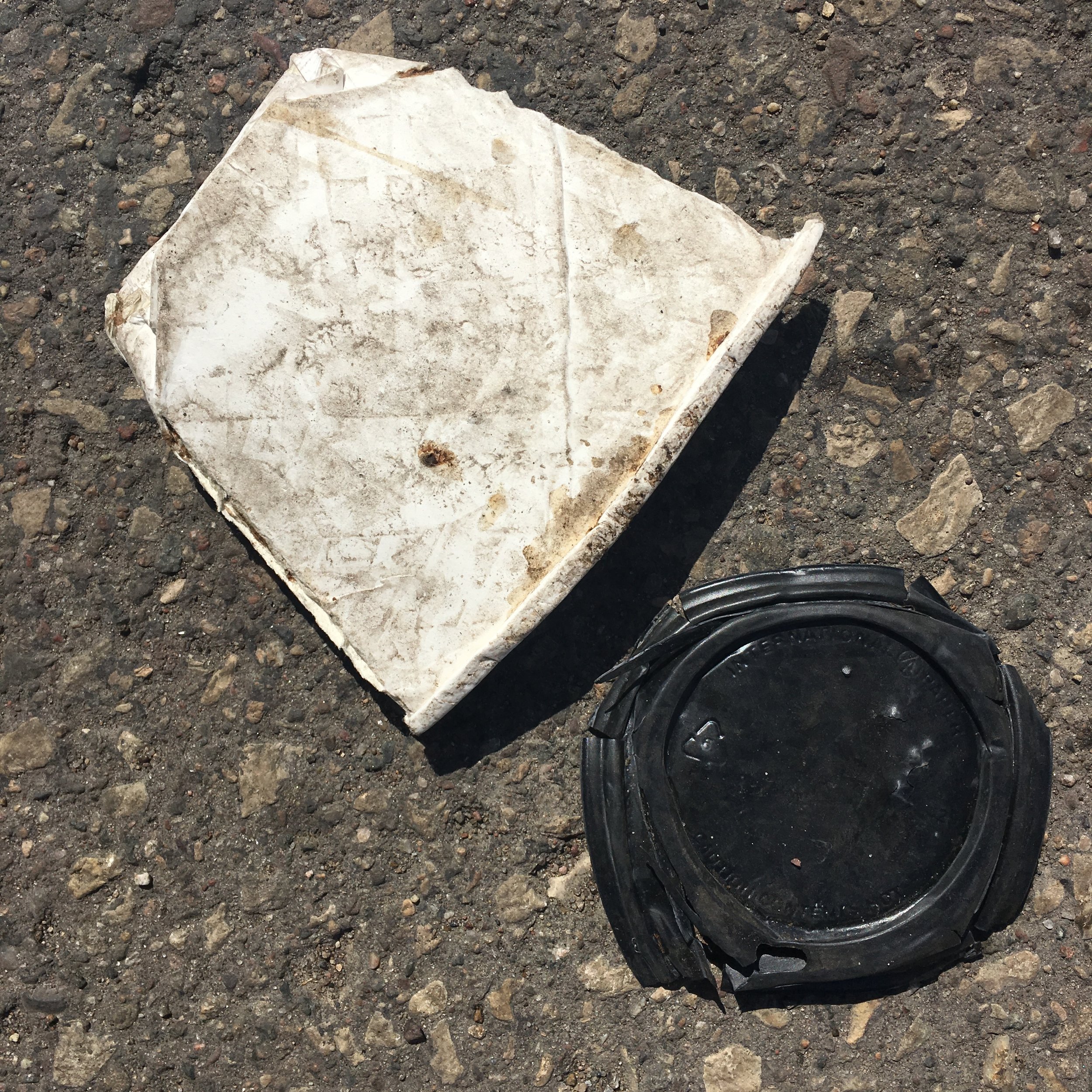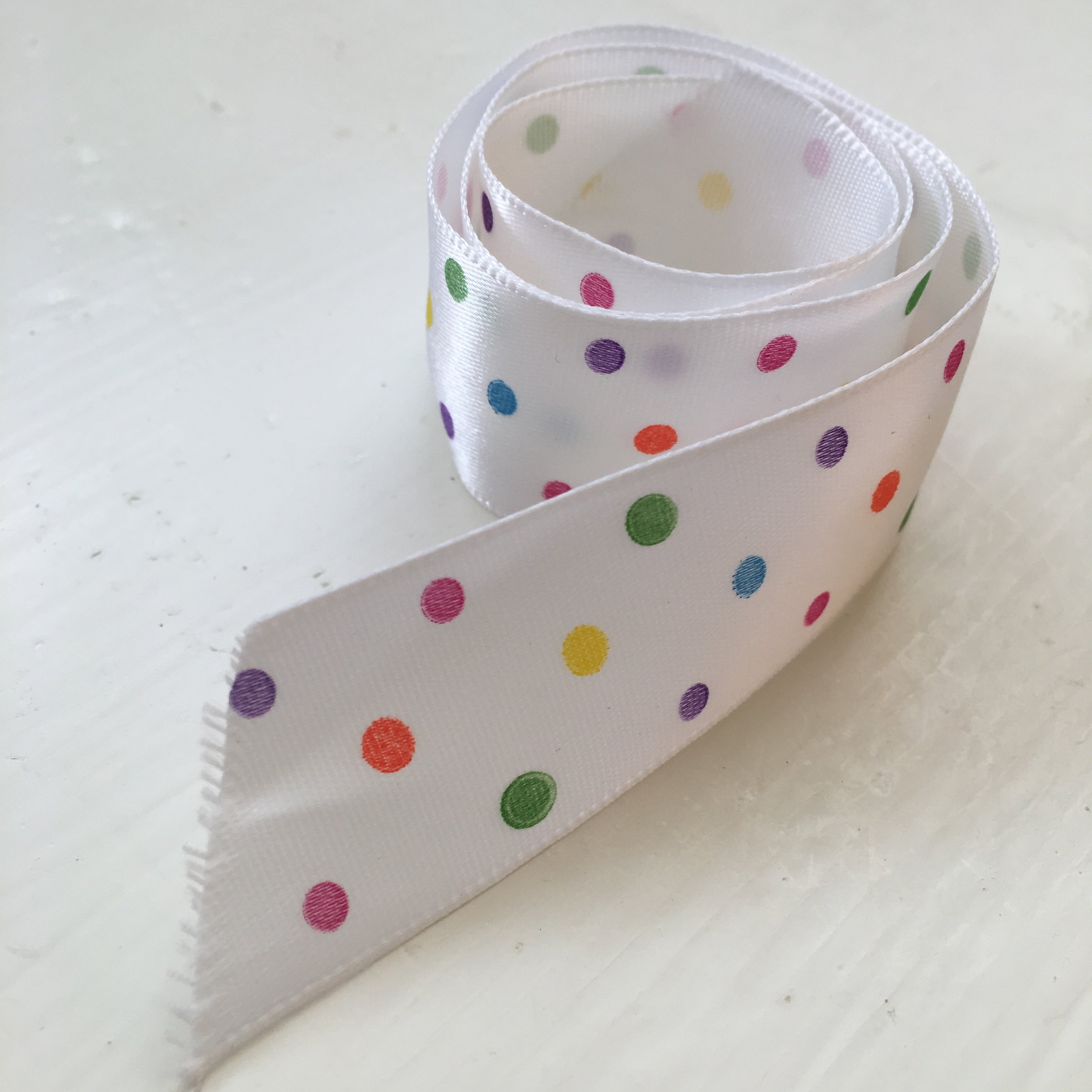Simple Actions for Earth Day
Every year around Earth Day, walls of elementary schools across the country become plastered with adorable artwork by children eager to spread the message about saving the planet. The solutions are mainly “pick up litter,” “recycle,” and “reduce, reuse, recycle.” When it comes to reducing waste, however, these solutions fail to address the problem: we don’t know how to produce less trash AND less recycling. We’ve been sold on the idea that disposable products are convenient. That they somehow make our lives easier because going back to the store over and over again to buy more and more is somehow easier than reusing something we already own.
This Earth Day try these simple actions to produce less trash and recycling.
Learn from litter. Putting litter in the trash only changes the location. When you pick up litter, learn what it is that you and others around you buy that contribute to our waste problem then think of less wasteful alternatives for those items.
Say “No, thank you.” Refuse what you don’t truly need whether it’s a shopping bag, produce bag, straw, freebie, gift with purchase, etc.
Use your own reusables. Avoid single-use disposables by using a container for your leftovers instead of a plastic baggie, bring your own mug to the coffee shop, pack your own silverware with your lunch,
Talk about trash. Every conversation is a nudge reminding others of our trash problem. Mention your shock about that garbage patch swirling in the ocean. Tell others about those straws you refuse. Talk about what you learn from that litter. Share what you do to reduce waste. Those conversations might spark another conversation and another and another and then finally...change.


































